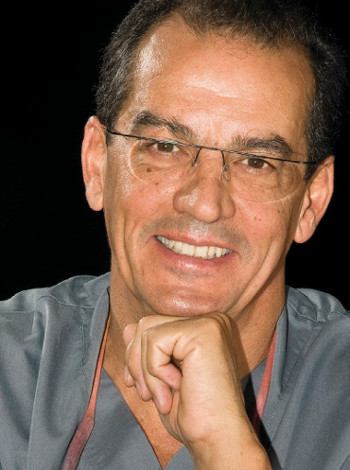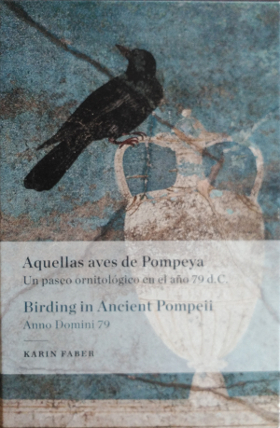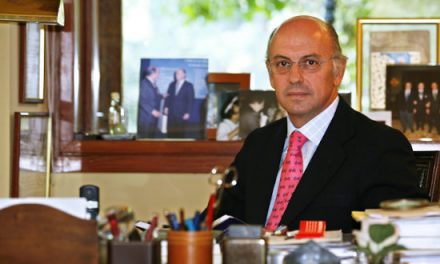Carlos Aparicio, corresponding academician of the Royal European Academy of Doctors-Barcelona 1914 (RAED), doctor of Medicine and Surgery and pioneer in new techniques of dental implantology, gave an international course on zygomatic implants between the 22nd and 24th of February, where has formed a large group of specialists on the protocols and techniques for the rehabilitation of the maxilla extremely resorbed with this type of implants in which he has an experience of more than 25 years.
In order to disseminate the ZAGA (Zygoma Anatomy-Guided Approach) method, developed by Aparicio himself, the attendees expanded their knowledge about the use of zygomatic implants in different anatomical configurations and their related prosthetic rehabilitation. The attendance to this course is one of the selection criteria to belong to the network of Zygoma ZAGA Centres specialists, composed of centres experts in the treatment of maxillary atrophy using zygomatic implants.

Dr. Carlos Aparicio Magallón
The course had the collaboration of the academician and vice president of the governing board of the RAED Pedro Clarós, who contributed his experience in the description of the physiopathology of the sinuses. The SEL-Models company also contributed to the success of the course in 3D printing of models of cryopreserved heads used for surgery practices by attendees, the company NSK in the use of the rotary technology necessary for the placement of zygomatic implants, the company ImplaStation for the latest generation of software for the virtual planning of implants and, especially, the R&D department of the company Southerlmplants for the development of the new prototypes of ZAGA implants designed by Aparicio.
The participants, of different nationalities, perfected the different surgical techniques used in the rehabilitation of patients without maxillary bone. They reviewed the benefits and limitations of the previous classic techniques with intra-sinus pathology, to finally explain the ZAGA philosophy, which through the application of a specific therapy for each patient, achieves long-term and predictable success. The course included, in addition to the theoretical part, the execution by Dr. Aparicio of a live surgery for the placement of four zygomatic implants in a patient. The delivery and placement of temporary fixed teeth before the first 24 hours after surgery.



